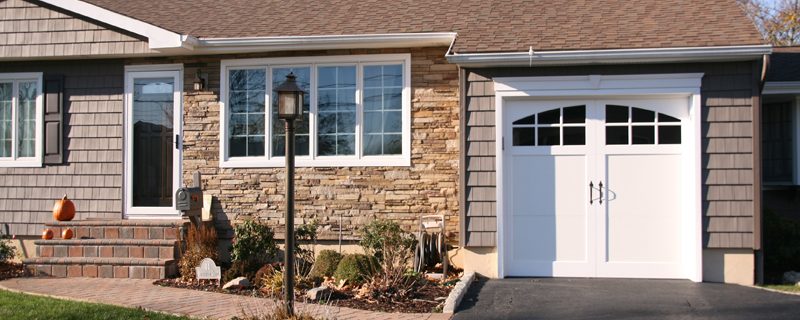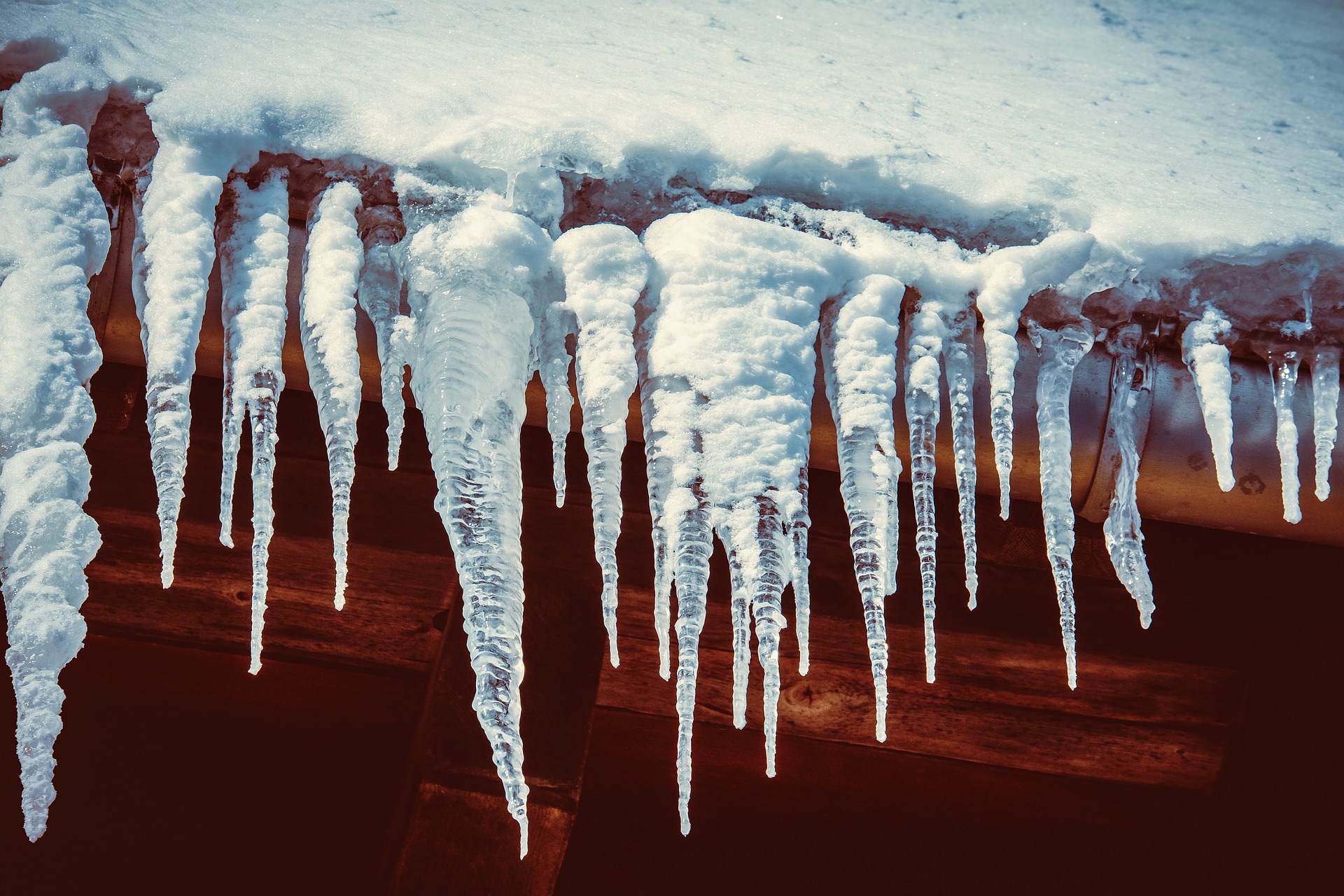6 Things That Can Shorten Your Roof’s Lifespan

Shingles are one of those replacements that you only have to have done every decade or so.
However, they can be one of the most costly maintenance items that homeowners will need to invest in, and the desire to preserve a roof and to get the most extended lifespan possible is paramount.
Frequently checking your roof can help you identify problems before they occur. Here are six items to look for several times a year.
Trees
Trees can pose one of the biggest challenges to your roof. Branches that grow too close to your roof can physically scrape shingles loose, or wear holes in them over time. In the worst cases, the branches and leaves will rest on the roof and trap moisture that can exacerbate moisture problems.
An added concern comes from branches that are close enough to fall on your roof in a severe weather event. Weak and dead limbs may collapse under an ice load or in high winds.
Most arborists will recommend keeping all trees cut back at least 6 feet from the house. If you have branches that are hanging over the house, you may want to consult a trained roofing professional to advise on the likelihood of them falling on the roof.
Climbing vines are another potential problem. Left unchecked, they will grow underneath the shingles and weaken the water-tight protection.
Gutters
Gutters are another potential concern. As leaves and pine needles fall into your gutters, they can get clogged and will back up with water.
This water can then flow back under the shingles and create leaks.
Gutter cleaning is that task that we all dread. Thankfully there are new tools continually being invented to help make gutter cleaning easier.
A gutter screen can sometimes slow the amount of debris that is collecting, allowing for more extended time periods between cleaning. Even with a screen, most gutters will still pile up with debris, forcing regular cleaning.
Cleaning your gutters in the fall is especially important to avoid ice dams. Ice dams form when snow is melting off the roof and cannot escape the gutters fast enough. It refreezes at night and expands underneath the shingles.
Keeping the gutters clean ensures that the water flows smoothly off the shingles and away from the house.

Algae
Shingles can attract algae growth, especially if they are in the shade or retain moisture. As the algae grow, the enzymes can digest the protective granulation of the shingles. In extreme cases, it can push the shingle edges around and create gaps for water leakage.
Keeping the trees cleared back from the roof to ensure full sun and limited moisture problems will help decrease the likelihood of mold, moss, and algae from growing on your shingles.
If you do have an algae problem, a sprayer with a 50% bleach and water mix will help kill the algae. (Don’t use a pressure washer or scrub the shingles).
Gently spray the affected area and then rinse with clean water.
Wind
Those spring storms can wreak havoc on a roof. Regularly checking your roofline for misplaced shingles is key to spotting problems early.
If you notice a shingle missing, you’ll want to hire a professional to get that repaired immediately. In many ways, your roof is only as strong as the weakest shingle. When one of them is blown loose, it compromises the rest.
It’s not uncommon for a storm to take out one or two weak shingles. The new, exposed surface allows the next storm to rip off an entire row or ridge cap.
A qualified roofing company will not only help replace those shingles with a color that closely matches; they can also help provide strategic use of adhesive to strengthen the area and prevent further problems.
Hail Damage
Hail can ruin roofs. The small balls of ice will penetrate the outer granulation of the shingle, create a pockmark of tar. Over the next few years, as the shingles sit in the sun, these weakened parts will continue to degrade, causing the roof to age more quickly.
If you can trace the hail damage to a specific storm, it may be possible to get assistance from your home warranty or insurance in covering the repair costs.
Following any major hail event, it is worth the time to check the roof for potential damage. If you suspect damage, contact a qualified roofer to get a consultation.
Protection That Lasts
Your roof provides a great first impression. More importantly, it protects what is likely your greatest asset: your home’s value.
By setting reminders to check your roof several times a year (or by checking after each major storm), you can often catch problems early before they become costly.
When repairs are needed, the quality of your installer is just as important as the quality of your shingle. Proactive observation will go a long way in preventing costly, reactive, repairs.
About The Author: Zachary Drumm is in his senior year as a history major in Pensacola. He enjoys fixing cars and has spent every summer for the past 5 years working on construction crews. On most job sites, you can tell him apart from the rest of the crew by his Makita toolbags. In the evenings he’s a true introvert; either tinkering in the garage, studying for college, or adding new content to his blog, Tool Tally.
Image Credit: Couleur from Pixabay
- Additions and New Construction
- All Exteriors
- Alterations
- Basements
- Bathrooms
- Customer Service
- Customer Stories
- Decks
- Design & Planning Show
- DIY
- Doors
- Educational Resources
- Extreme Makeover Home Edition
- Fashion Show
- General Remodeling
- Green Living
- Handyman Home Services
- Home Decor
- Home Entertainment
- Home Improvement
- Home Improvements
- How to Tips
- In The Community
- Kitchens
- Off-the-Wall Remodeling Stories
- Remodeling
- Resources
- Roofing
- Siding
- Social Media
- Sunrooms
- Tips & Tricks
- Trends
- Windows

